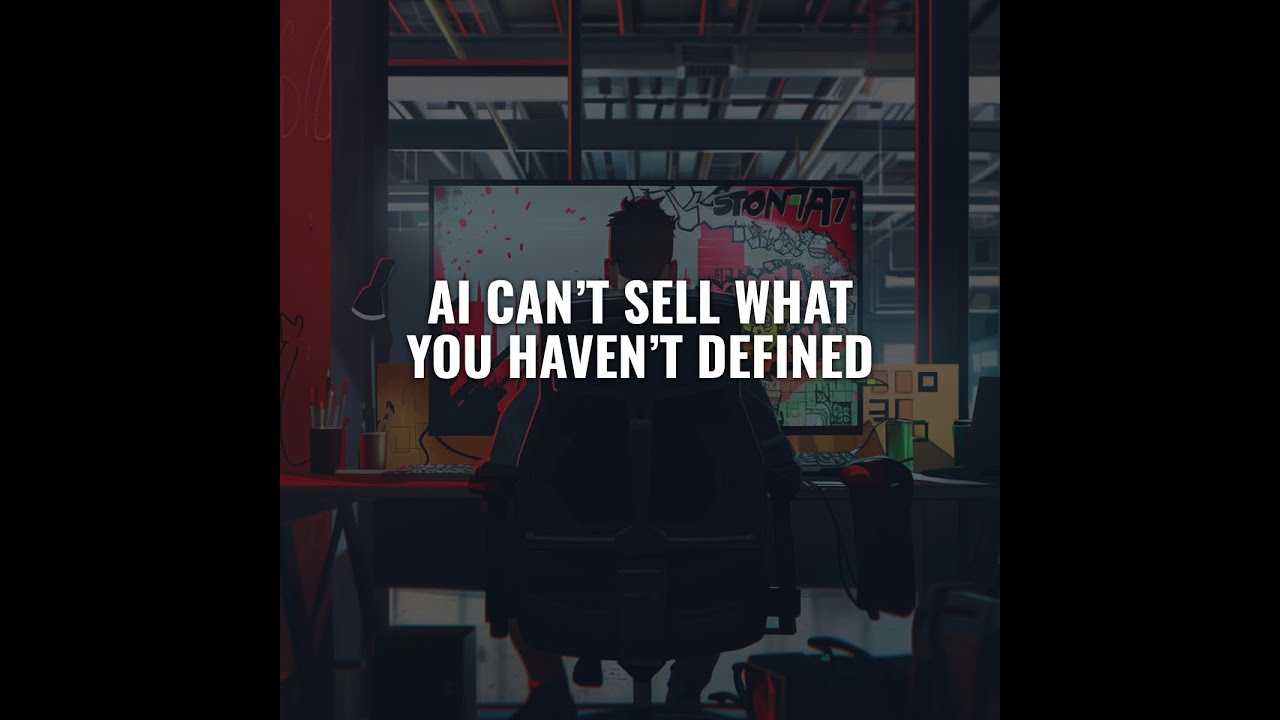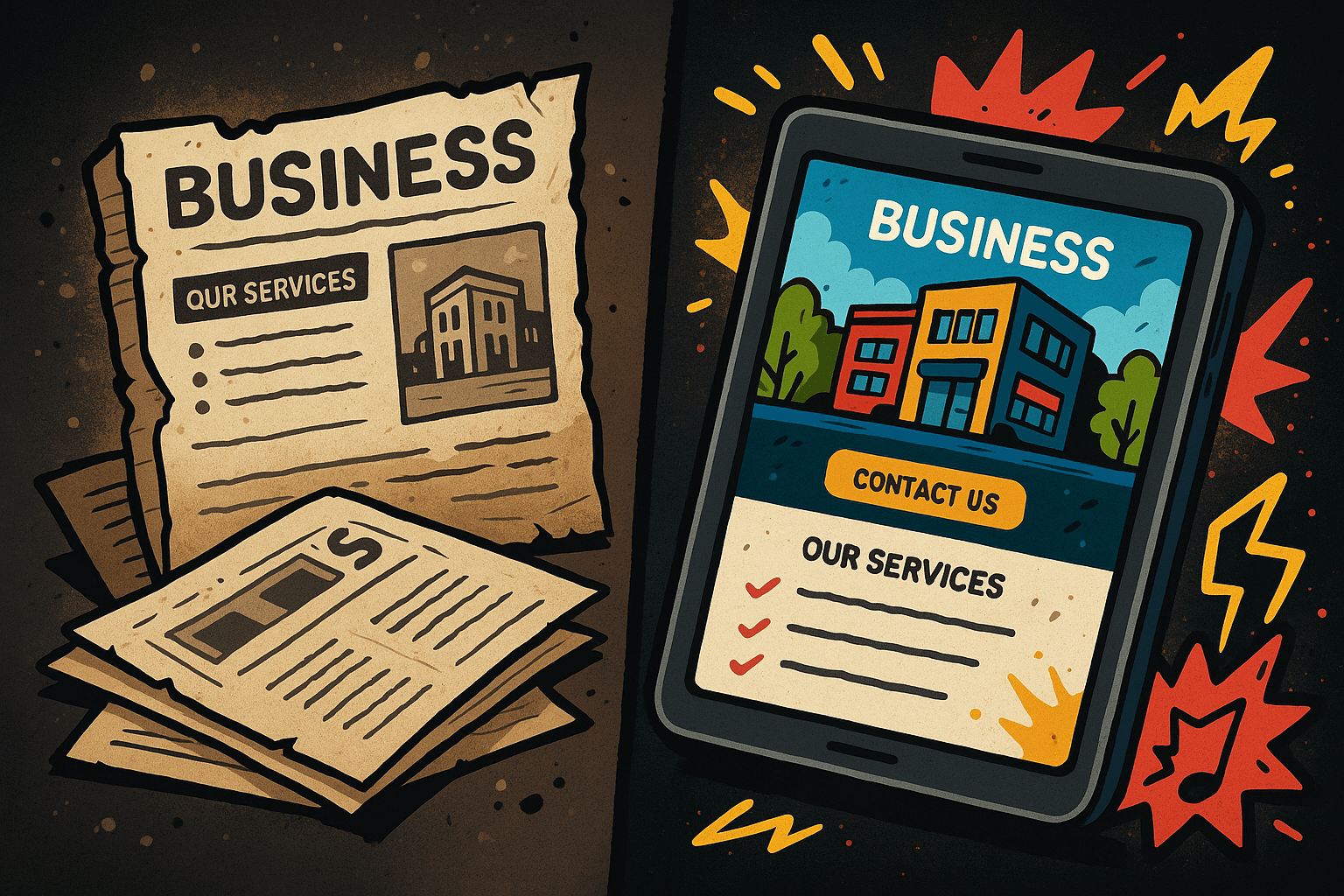Why Your Brand’s Offer Is the Missing Link in AI-Powered Marketing
We love to blame the tech.
“The chatbot isn’t converting.”
“ChatGPT wrote fluff.”
“Our email campaign didn’t work.”
But often, the problem isn’t the AI.
It’s the input.
And more often than not, that input is vague because your core offer hasn’t been clearly defined.
Why a Fuzzy Offer Breaks Everything
Let’s say your company “helps businesses scale.”
That sounds cool… until you try to build a landing page with it.
- Who are you helping?
- What specific problem are you solving?
- What do people actually get?
- What outcome can they expect?
If you don’t have an answer — how could AI?
A vague offer equals vague prompts.
Vague prompts equal generic output.
Generic output equals no conversions.
What Is a “Core Offer,” Exactly?
Your Core Offer is the product or service you’re most known for.
It’s the thing that solves a specific problem for a specific person.
It’s not your entire business — it’s the hook.
The clearer it is, the more powerful your AI marketing becomes.
A solid offer includes:
✅ A clear audience
✅ A painful problem they’re facing
✅ A specific transformation or benefit
✅ A defined deliverable (what they actually get)
Real Examples of AI Marketing Fails (Because the Offer Was Fuzzy)
- Generic blog post:
“We help businesses unlock growth.”
→ The AI writes 800 words of buzzword salad. - Underwhelming email copy:
“No clear benefit or CTA.”
→ Open rates are fine, but zero conversions. - Bot replies that confuse:
Chatbots say too much—or nothing useful—because there’s no clear pitch to reference.
These aren’t “tech” issues.
They’re positioning issues.
The AI Multiplier: Garbage In, Garbage Out
AI is not a magician.
It can:
- Amplify your messaging
- Automate your communication
- Help you scale outreach
But it can’t:
- Clarify what you’re selling
- Invent compelling reasons to buy
- Read your customers’ minds
That part is your job.
How to Define a Clear Offer for AI-Powered Marketing
If your marketing team, content writer, or sales bot can’t answer these four questions in one sentence… pause your automation and fix it first.
1. Who is this for?
Be specific. Not “small business owners,” but “real estate agents who run a team of 5–10.”
2. What problem are they facing?
Don’t say “they want more growth.”
Say “they’re tired of spending hours managing leads with no consistent follow-up.”
3. What outcome will they get?
Is it “more sales”? Or is it “a streamlined follow-up system that closes more deals with less admin”?
4. What exactly do they get?
A training? A dashboard? A monthly strategy call?
Use This in Your AI Brand Blueprint
At Sandbox Media, when we create an AI Brand Blueprint, we make sure your Core Offer is embedded into:
- Prompt templates
- Landing page generation
- Custom GPTs
- Onboarding automation
- Email sequencing logic
This ensures every AI tool is focused on the right thing — with the right language — from the start.
It also drastically improves:
- Open rates
- Click-throughs
- Time-on-page
- And… actual sales.
What Could Go Wrong?
Here’s what happens when you let your AI run wild without a defined offer:
🚫 Your blog titles promise value, but never deliver
🚫 Your ads get clicks but confuse the buyer
🚫 Your GPT talks around the problem, not to it
🚫 Your customer journey feels fragmented or “off”
If your AI can’t sell it, your market probably can’t understand it either.
Bonus: Your Offer Is a Filter for the Wrong Leads
When your offer is clear, it does more than convert…
It also filters.
- Tire kickers self-select out
- Strong-fit buyers lean in
- Sales calls start more qualified
- Your AI tools stop wasting time on bad leads
And that clarity?
It starts with you.
Final Thought
The AI stack is powerful.
But it’s not a silver bullet.
You can’t just flip a switch and expect results if you haven’t done the foundational work.
And your offer?
It is the foundation.
Before you build bots, spin up GPTs, or automate anything…
Get clear.
Then get smart.
Then scale.
Related Links
- What Are Sandbots?
- Watch all episodes of Brains, Bots n’ Business
- Book your AI policy consult
- Next Episode: ChatGPT Just Became a Team Player





